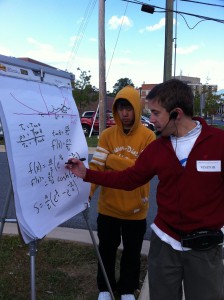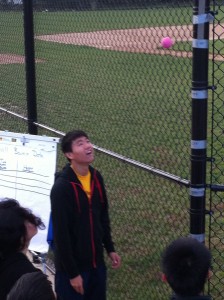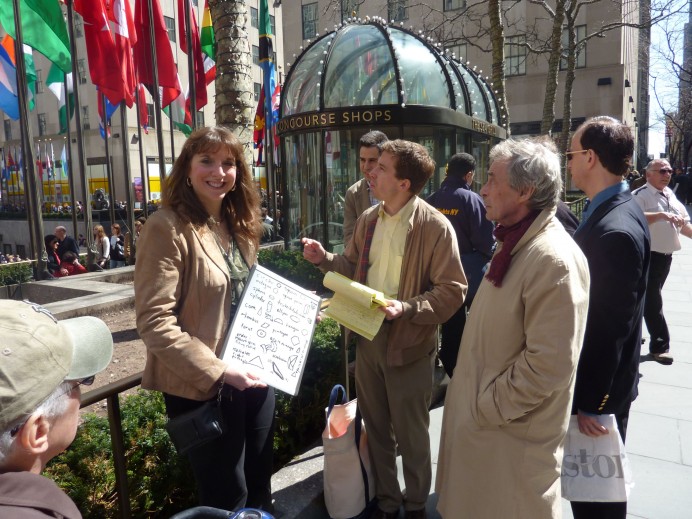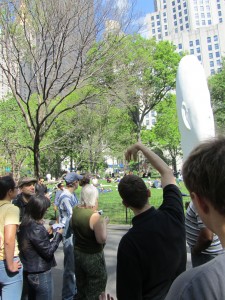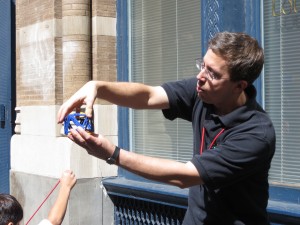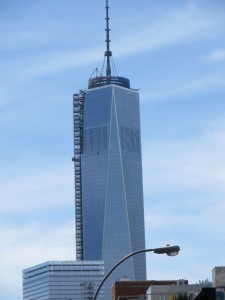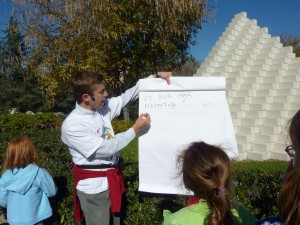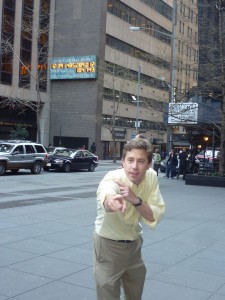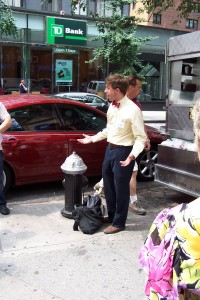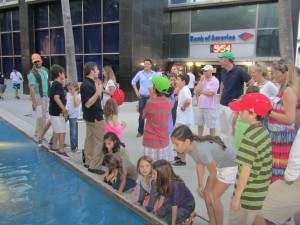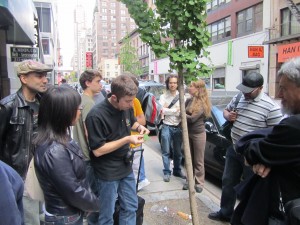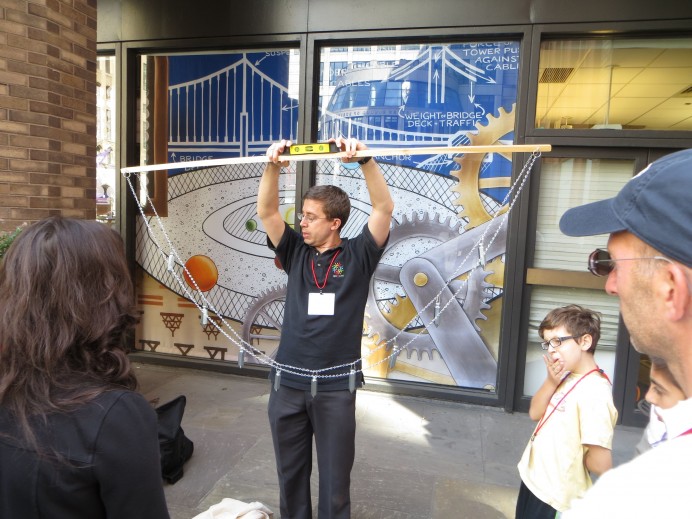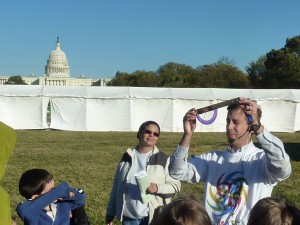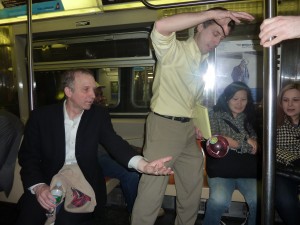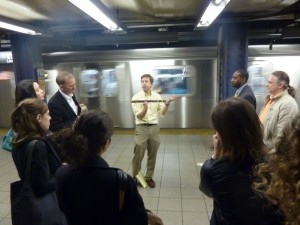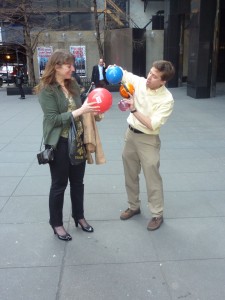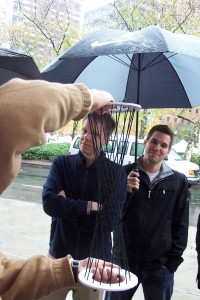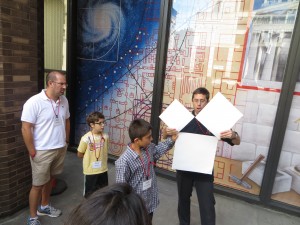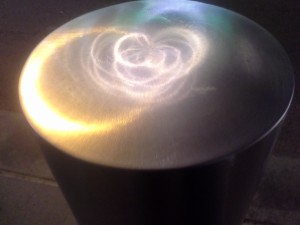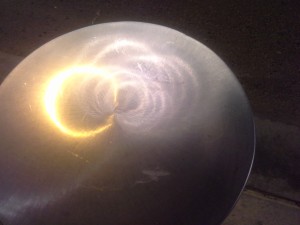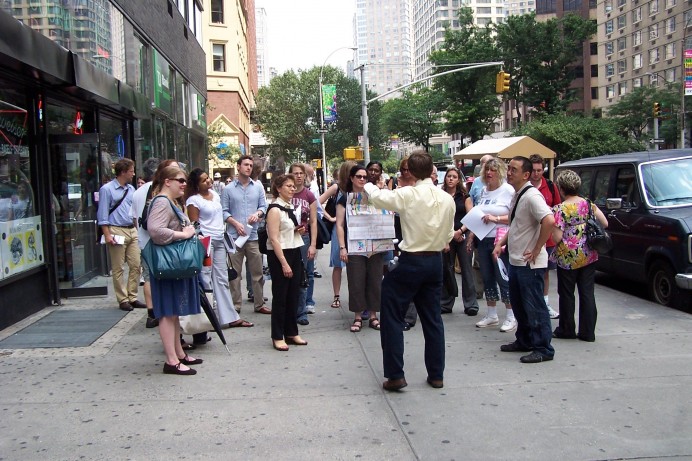Julia Schanan’s entry for the Strogatz Prize was a free-verse poem titled “Math Person.” The judges were moved by the poem’s artistry and emotional power, its depth and raw honesty, its brilliant use of language, and its eye for the unexpected but telling detail. “Math Person” conveys – in ways both beautiful and haunting – the isolation Julia felt as one of the only girls in the American Math Competition 10th grade and, more profoundly, the intellectual isolation she still feels every day as someone who loves math deeply yet lacks a friend with whom to share it.
Mom offers to stop by Panera as a treat for all the painful math that I’ve just endured.
Except it wasn’t painful.
I’m someone who sat through the slow-drip of middle school math, bored and daydreaming,
not seeing what it was all for, wishing – but never working up the guts to push – for more.
Not until now.
Now, I don’t want Panera.
I don’t want to be patted on the shoulder and misunderstood.
I want to go back into that auditorium and finish the exam and talk about it all night.
The judges felt that their own words were inadequate to summarize Julia’s achievement in writing “Math Person.” Let us simply say, read her poem and experience it for yourself.
Click here to read Julia’s poems.

